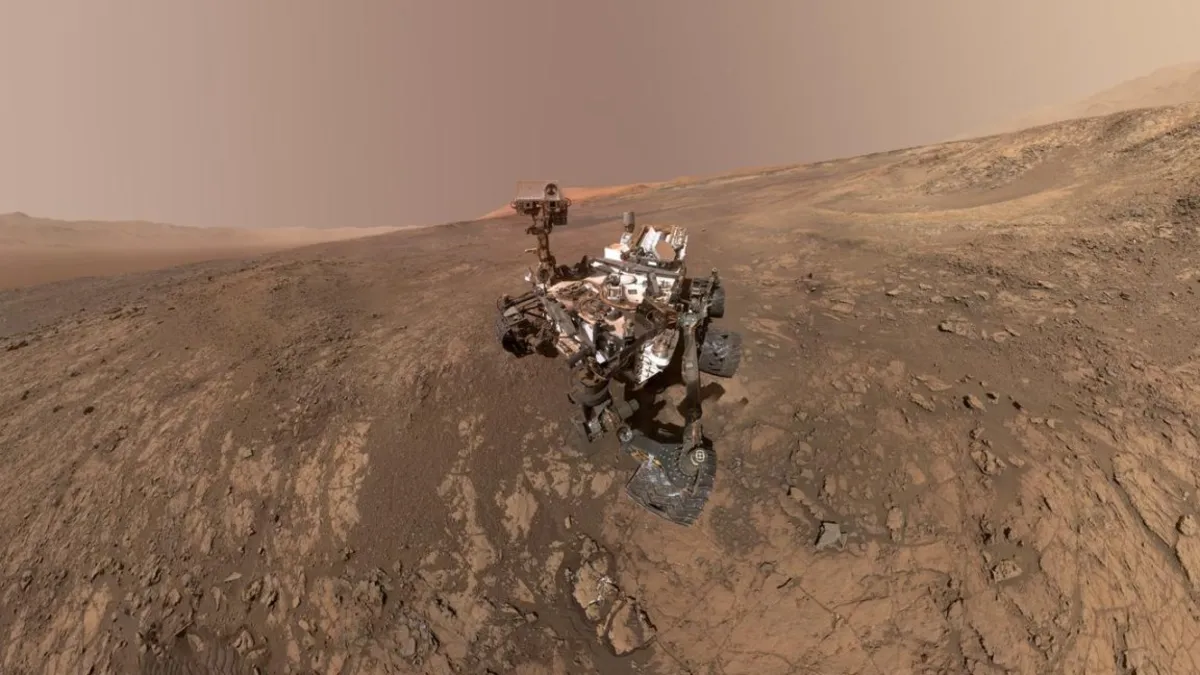
In the mid- and upper-latitudes on Earth, during the early evening hours, observers can sometimes spot thin and wispy clouds in the upper atmosphere. These clouds possess a mystical quality and consist primarily of ice crystals. They form in very high clouds at the edge of space, typically about 75 to 85 km above the surface. While the ground falls into darkness after sunset, these clouds remain illuminated by sunlight. Meteorologists refer to them as noctilucent clouds, which translates to "night-shining clouds."
There is no reason why these fascinating clouds could not also exist on Mars, a planet with a thin atmosphere. Approximately two decades ago, the European Space Agency's Mars Express orbiter observed noctilucent clouds on Mars and embarked on a systematic study of these phenomena.
Among the myriad tasks performed by NASA's Curiosity rover since its landing on Mars in 2012 is occasionally gazing upward. A couple of weeks ago, the rover's Mastcam instrument captured a breathtaking view of noctilucent clouds in the Martian skies. The clouds predominantly appear white, but they also exhibit an intriguing red tinge in the time-lapse, which consists of 16 minutes of observations.
Curiosity has been observing these clouds for a few years now, allowing scientists to predict their formation precisely enough to time their observations perfectly. This has resulted in stunning visual captures.
"I’ll always remember the first time I saw those iridescent clouds and was sure at first it was some color artifact," said Mark Lemmon, an atmospheric scientist with the Space Science Institute in Boulder, Colorado. "Now it’s become so predictable that we can plan our shots in advance; the clouds show up at exactly the same time of year."
Interestingly, although Curiosity has observed these clouds in Gale Crater, just south of the Martian equator, other NASA rovers on Mars have not generally seen them. Lemmon and some other scientists speculate that gravity waves may be sufficiently cooling the atmosphere to allow carbon dioxide to condense enough for thin clouds to form.
This phenomenon remains one of the many scientific mysteries that Curiosity will continue to investigate as it roams the Martian surface.